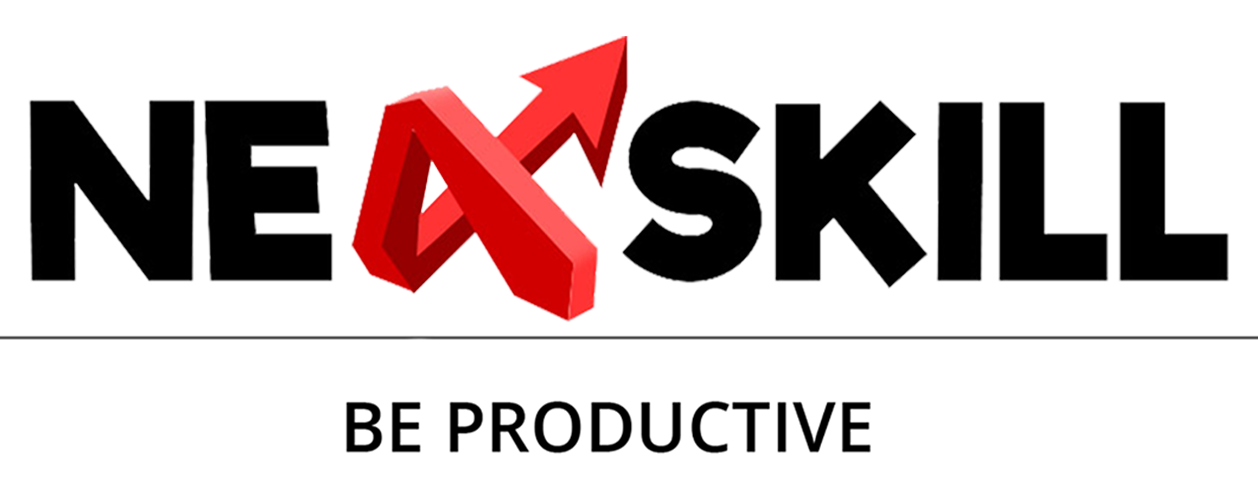Factoring companies may require businesses to have been in business for a certain amount of time and have a minimum amount of monthly or annual revenue. This may influence which products we review and write about (and where those products appear on the site), but it in no way affects our recommendations or advice, which are grounded in thousands of hours of research. Our partners cannot pay us to guarantee favorable https://boxoxmoving.com/blog/tag/moving-companies-austin/index.html reviews of their products or services. We explore ways you can begin improving your cash flow situation and start getting your business on track to positive cash flow. Designed for business owners, CO— is a site that connects like minds and delivers actionable insights for next-level growth. Most lenders will hesitate to offer a line of credit to businesses without a long credit history or aggressive profit margins.
For example, a factor may want the company to pay additional money in the event one of the company’s customers defaults on a receivable. Once the account is set up, the business is ready to start funding invoices. Invoices are still approved on an individual basis, but most invoices can be funded in a business day or two, as long as they meet the factor’s criteria. The first part is the “advance” and covers 80% to 85% of the invoice value. The remaining 15% to 20% is rebated, less the factoring fees, as soon as the invoice is paid in full to the factoring company. Factoring provides you with cash fast, but it usually costs more than traditional financial solutions offered by lenders.
Best Startup Business Loan Options for Entrepreneurs
This is because factoring frees up key personnel who otherwise may have to spend time chasing customers for payment. A trade receivable is essentially a promise that your startup’s customers will pay you in the future. That is, you can buy and sell a trade receivable just like you can a piece of property or machinery. The lender will provide a Purchases & Advances Report, which identifies the invoices purchased by the lender, along with the advance rate and amount of each invoice advanced to the borrower. When searching for a factoring receivables company, it’s important to find a good match and terms you completely understand.
This post will give you a complete overview of accounting for factoring receivables, no matter your accounting software. While there are some specifics unique to each program, the general flow is more or less the same. Before we get into http://rutor-lol.ru/spetsialist.phtml the nitty gritty, though, let’s go over a quick explanation of the various aspects of factoring receivables. A financial firm buys a company’s accounts receivables and pays a cash advance based on a discounted value of the receivables.
Explore fast payments with an experienced fintech
Factoring receivables helps businesses get funding by selling unpaid invoices for a cash advance to a factoring company. You’ll get cash quickly, but this type of funding can be expensive, since a factoring company takes a big bite. Let’s take a deep dive into how accounts receivable factoring works so you can decide if it’s right for your business.
As an example, if there is a financing structure put in place for an oil cargo company, then the receivables are the sale of the underlying oil or commodity, i.e., the sale proceeds or cash in return for the product. The end customers who owe the money to the oil cargo company are traders or buyers. In a spot deal, the vendor and the factoring company are engaging in a single transaction. Let’s look at an example to help understand how accounting for factoring receivables works. In your Chart of Account, create a liabilities account just for factored invoices. Security for the lender may mean lower rates for you, but also the risk of losing an asset.
Accelerate – Apply Trade Finance Global
The net effect of factoring the receivables of 5,000 without recourse is that the business has received cash of 4,850 and paid a fee to the factor of 150. Factoring is the https://business-faq.com/category/finance/ selling of accounts receivables to a third party to raise cash. However, in practice, there are trade receivables you are unlikely to recover from specific customers.
A factor is an intermediary agent that provides cash or financing to companies by purchasing their accounts receivables. A factor is essentially a funding source that agrees to pay the company the value of an invoice less a discount for commission and fees. Factoring can help companies improve their short-term cash needs by selling their receivables in return for an injection of cash from the factoring company. The practice is also known as factoring, factoring finance, and accounts receivable financing. The discount rate is the fee a factoring company charges to provide the factoring service. Since a formal factoring transaction involves the outright purchase of the invoice, the discount rate is typically stated as a percentage of the face value of the invoices.
